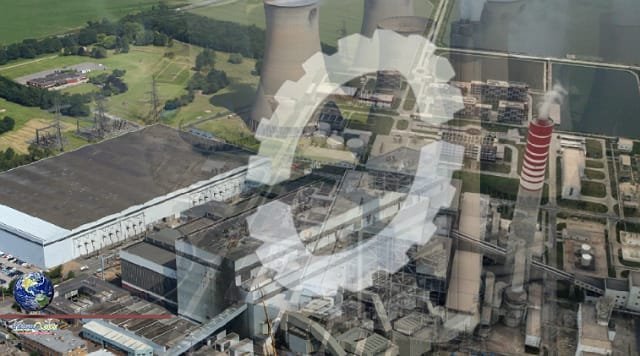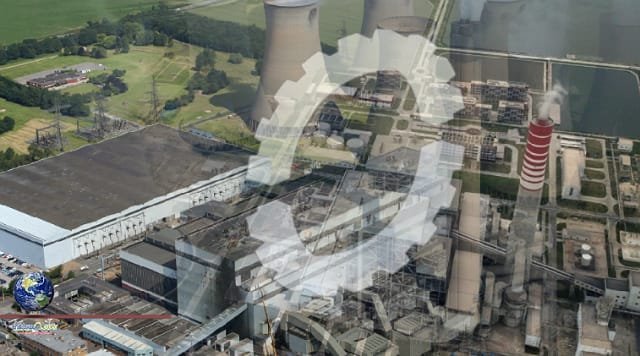A geothermal power plant works similarly to a coal-fired power station or a nuclear power plant; it generates electricity by channelling steam to rotate turbines. However, steam in a geothermal power plant is not manually generated through burning coal or nuclear fission but is rather produced by natural heat under the Earth.

As we know, the structure of the Earth is made up of four different layers: the crust, the mantle, the outer core, and the inner core. The estimated temperature of the inner core is about 5,200 degrees Celsius, and a geothermal power plant utilises this natural thermal energy from the core to get the steam. Most geothermal power plants are built along the boundaries of the tectonic plates where the crust is thinnest at the boundaries, and heat reaches the surface more easily – usually in the form of magma.
Typically, there are three types of geothermal power plants: dry steam, flash steam, and binary steam. Dry steam is the most straightforward method to obtain geothermal energy in which steam is directly extracted from the ground and sent to turbines that generate electricity.
But flash steam is the most commonly applied method. The boiling point of water is higher when it is under greater pressure; since the pressure under the ground is higher, the boiling point of water is therefore also higher. When the highly-pressurised hot water under the ground is extracted to the surface, its boiling point drops significantly, then the water evaporates and “flashes” instantly into steam to drive the turbines. Once the steam cools, it turns back into liquid water and is injected once again into the ground to ensure that there is enough water underground to carry heat.
Lastly, binary steam is the most complicated of the three methods. It uses hot water from the ground as a mediator to heat another liquid to be converted into steam instead. The secondary fluid needs to have a lower boiling station point than water as well as to be safe and environmentally-friendly. In this case, pressurised butane and pentane are typically used as the fluid.
The United States is the country that generates the most electricity with geothermal energy. Most of the geothermal power plants in the US are located in western states and Hawaii since they are closer to the boundaries of the tectonic plates. Despite being the world’s largest producer, geothermal energy only accounts for about 0.4% of the total generation of electricity in the US.
Carbon dioxide is not created during the production of geothermal energy, but it can emit a slight t amount of greenhouse gases and air pollution depending on the method applied to extract heat. In dry steam or flash steam power plants, small amounts of greenhouse gases and pollutants that are naturally present underground will be released into the atmosphere during extraction. On the other hand, in binary steam power plants, carbon emissions can be limited to zero since the steam does not directly come from underground. It is estimated that the average global CO2 emission of geothermal power plants is 122 g/kWh, about 10 times less than coal and petroleum.
Source : This news is originally published by earth.org
